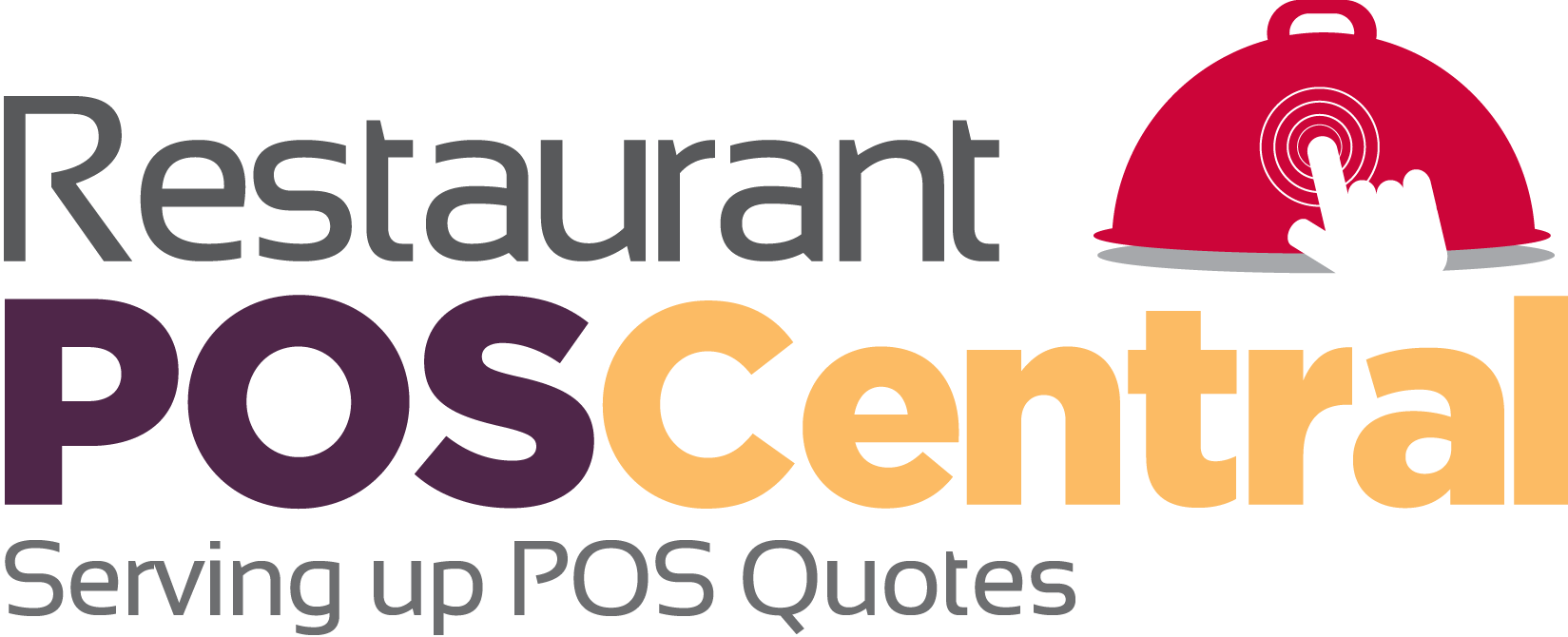Customer Tracking Data for Better POS

Customer tracking leads to better sales, smarter product decisions, and a keener understanding of your local market and how your promotions perform. If your current POS system does not track key points of customer data, you are losing valuable decision-making tools. Today’s cloud systems, integrated scanning, and mobile technology allow you to collect information such as:
- Favorite Products. What do your customers like to buy? Advanced POS systems can track what products are selling the moment that customers make purchase choices, giving you a real-time look at selling trends. This helps you ensure that your have enough inventory in stock to meet the demands for your most popular items. Tracking product trends also allows you to maximize profits by cutting your product options to focus on the most popular or most margin-maximum items.
- Types of Payment. How are your customers paying for their orders? Customer tracking should indicate if customers are using cash, card, or any other potential payment option. This helps you track how payment influences buying decisions. For example, if the data shows that customers are more likely to buy side items when they pay with a card, you may want to include more support for a wider variety of credit cards.
- Frequency. How often do particular customers stop by your stores? Even basic credit or debit information collected at the time of purchase can offer valuable insights about when customers visit – and when they keep coming back. Tracking customers who come in more than once a week or who visit once and then visit at regular intervals can help you chart buying trends and spot what promotions or items create loyal customers.
- Location. Thanks to modern mobile POS tracking and online ordering, customers can often order goods or services online. With location-based services, you can successfully gather data on where customers are when they order (even the old-fashioned “what is your zip code” question can gather similar data). This will show where customers live or where they are when they buy your products, allowing you to target marketing materials more successfully.
- Customer Lists. Asking customers to sign up for email lists or loyalty programs, especially through online channels, can quickly gather information on a variety of customers. Linking this information to your POS systems can automatically personalize customer profiles, giving you valuable hints on their buying habits and favorite times to make a purchase. This helps you create suggestions specific to each buyer and target promotions at just the right time.
- Social Media. For social customer tracking, consider asking customers for information like their Twitter handles. If your customers are willing to give out that data at the register, you send out tweets about special deals and product offerings to maximize customer awareness.
